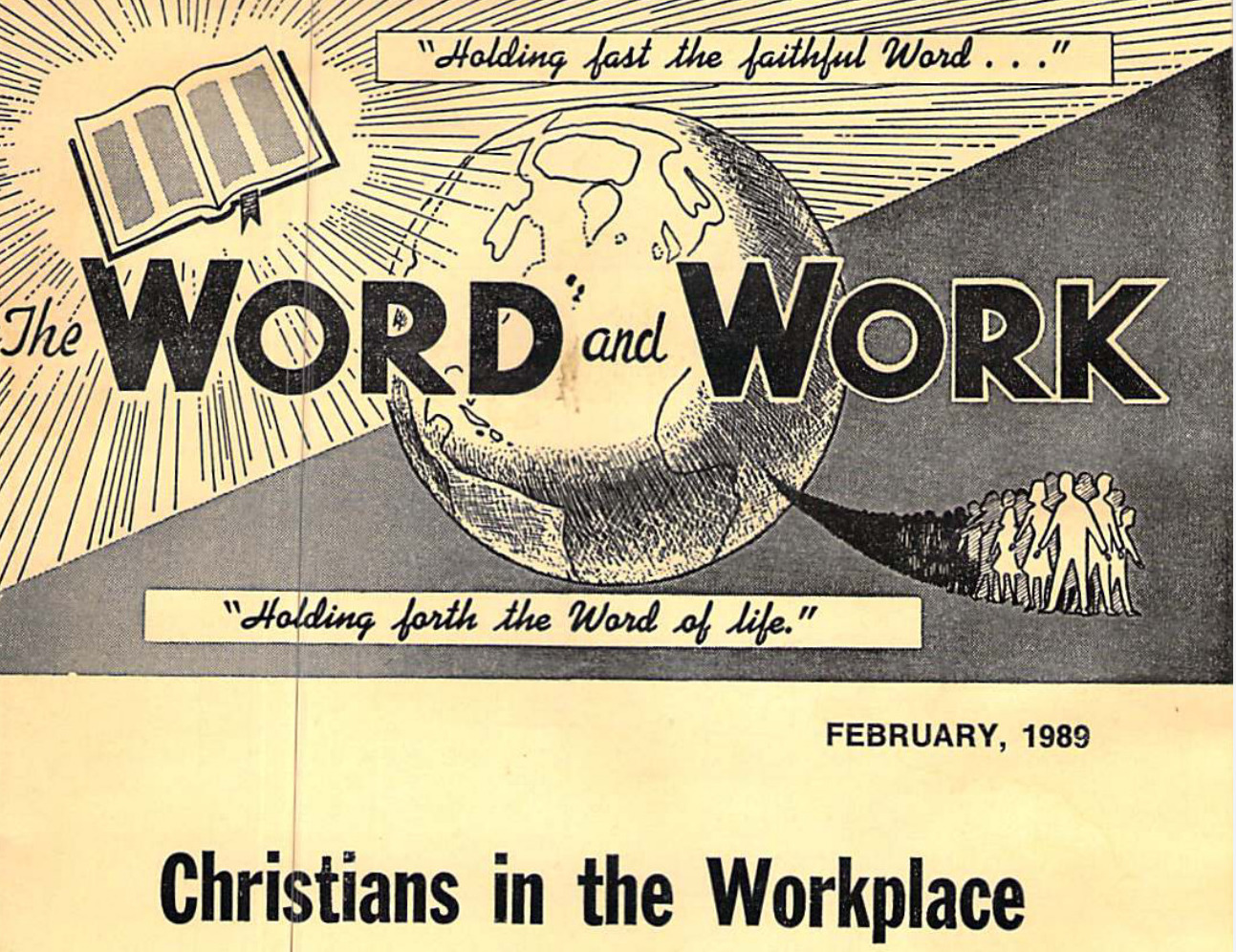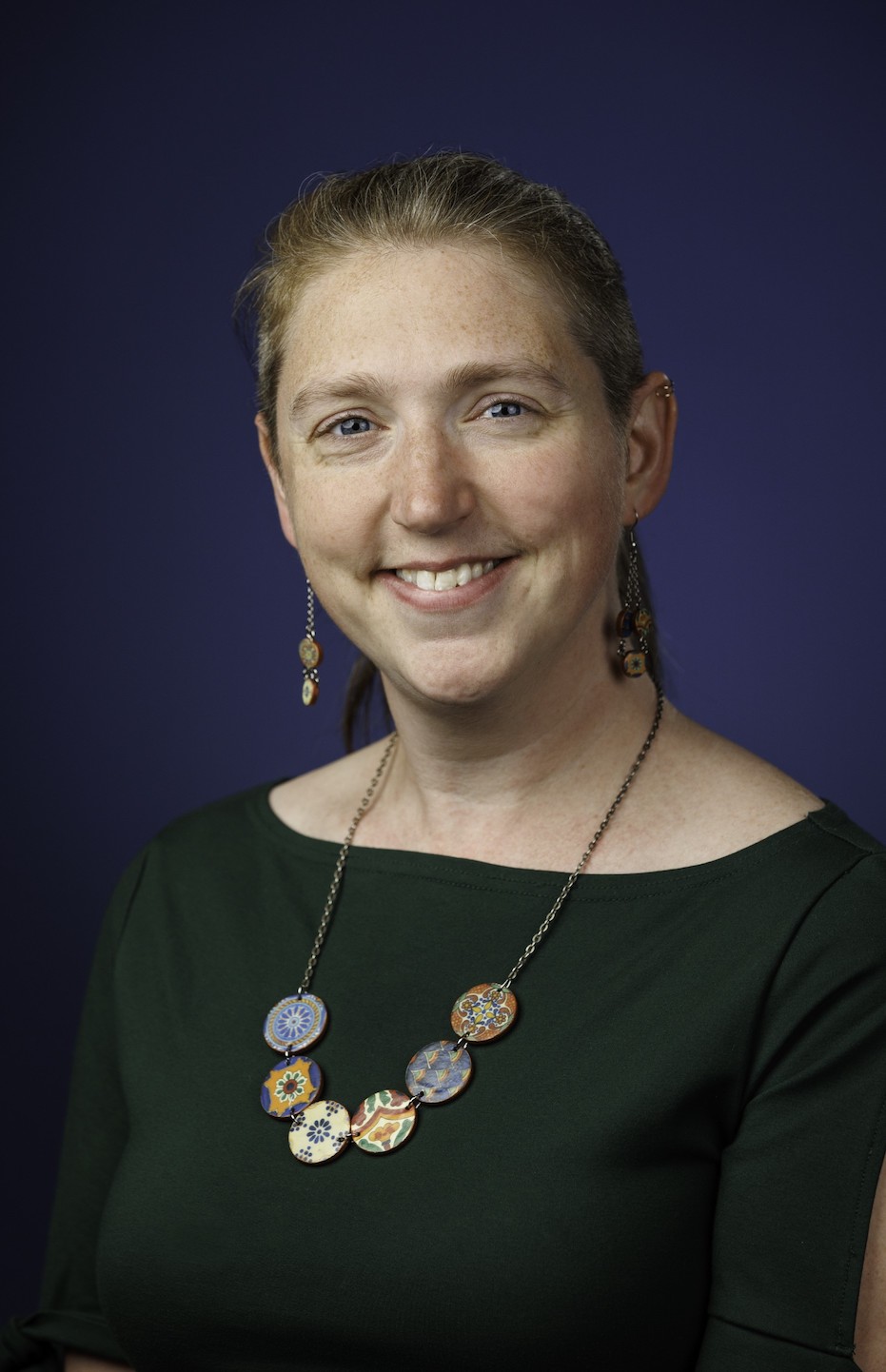Evangelical women’s entry into the workplace observed through 1980s periodicals

LAWRENCE — Political histories of U.S. evangelicalism typically focus on the high-profile male leaders of organizations: Billy Graham, Pat Robertson, Jerry Falwell.

“Those stories told from the top are important. But I’m trying to illuminate a different story. What is going on with women on the ground?” said Rachel Schwaller, a University of Kansas lecturer in the departments of History and Religious Studies.
“Maybe these women are not even engaged in national politics, and yet they are constructing a worldview and a vital way of interacting with the world.”
Schwaller’s new article titled “‘I Left My Bible At Home…’: Evangelical Women’s Bodies as Biblical Text in the Workplace during the 1980s” explores how such women coped with entering secular workplaces. Many turned toward writing for evangelical-affiliated periodicals, which served as essential sources for documenting how they legitimized their entry. These writers showed female readers how to exhibit their evangelical identity by embodying biblical motifs and narratives. The article appears in Postscripts.
When people think of evangelical periodicals, they usually envision widely distributed magazines such as Christianity Today. These interdenominational publications arose in the 1950s, and some still have a monthly readership in the hundreds of thousands. They are primarily created by professional presses with paid positions for editors, writers and designers.
“My interest is in affiliated periodicals, which are highly specific,” Schwaller said. “They are often a whole lot smaller, are run almost entirely by volunteers and don’t care as much about being for profit because a lot of their income is supplemented by the denomination.”
As Schwaller was researching these periodicals, she noticed that at a certain point (around the late 1980s), many of the articles involved women’s “new” roles in the workplace.
“One might normally think fundamentalists would be totally against this,” she said. “But actually they end up bringing that into evangelical culture. Women can go out into the workforce, but the question becomes, ‘How are they being evangelical women in the workforce?’ That’s when you start to get stories mirroring Old Testament heroic figures like Daniel, Ruth and Queen Esther.”
Schwaller surmises it took until the late ’80s for this trend to emerge because that’s when evangelicals accepted the fact women were entrenched in the workplace. The title of the piece comes from nurse Becky Brodin, who wrote in a 1988 Discipleship Journal article that when she went to work, “I leave my Bible at home!” Instead of carrying the Good Book, Brodin told readers she demonstrated Christianity through her behavior and excellence at her job.
The line between contemporary parable and pure fiction is often blurred in the stories published in these periodicals; however, the intent is clear, Schwaller said, with biblical narratives serving as a template for how evangelical women can apply these lessons in their professional life.
The writings also showcase a distinct difference between how men approach the same material.
“Men’s articles feature much more sermonizing,” she said.
“They are often more exegetical – which is a hermeneutical teaching and preaching style that takes individual verses as you read them and explains them. Since men are going to be pastors in these largely conservative magazines, they are writing articles that are meant to teach. Women are writing articles that are meant to be co-reflective. So you see more devotional pieces, meditative pieces, reflection pieces and parables.”
Schwaller said that the writing style in the periodicals she analyzed often sounded exactly the same.
“They are using the same biblical verses and interpretive patterns over and over. I’ve read stuff from the 1930s that is repeated almost verbatim in the 2020s,” she said. “As a historian studying change over time, it was kind of disturbing to read these things and realize, ‘Nothing’s changed.’”
Schwaller (who publishes under the name Rachel E C Beckley) was raised in an evangelical household. While she no longer identifies with the denomination, she is a fourth generation “pastor’s kid” and the fifth generation of her family with connections to the Christian and Missionary Alliance denomination. A KU faculty member since 2010, she specializes in U.S. evangelicalism.
She reiterates that the narrative of evangelical growth in the U.S. shouldn’t just be told from the top; it also needs to be told from a grassroots bottom.
“These magazines have quietly been in the homes of our grandmothers for a very long time,” Schwaller said.
“So the question is, how did it change their behavior? How did it change the Christian narratives about the United States? How did it change the narratives they were telling each other and about themselves? And those answers can be found in affiliated periodicals.”
Top image: Word and Work is a religious monthly journal founded in 1908 that is affiliated with Churches of Christ.